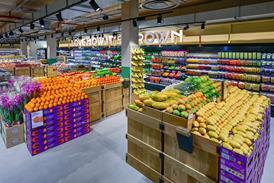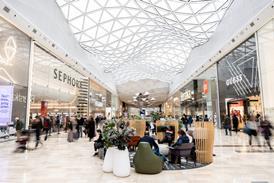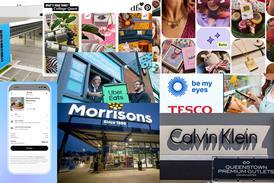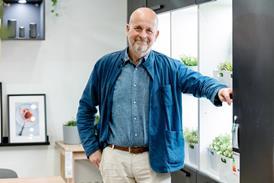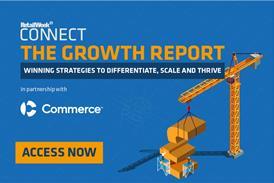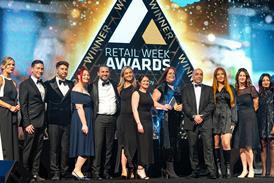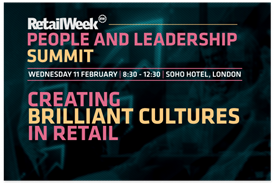Q&A: Vinted marketplace CEO Adam Jay on the future of second-hand fashion

Retail Week spoke to Vinted marketplace chief executive Adam Jay about the platform’s expansion plans, resale market challenges, the importance of having no selling fees and how second-hand fashion will shape the future
Lithuanian online marketplace Vinted was first founded in 2008 and now operates in 16 European markets as well as the US and Canada.
Vinted recently published an independently conducted survey by Vaayu of 350,000 Vinted members to evaluate the emissions saved during half a billion transactions, which concluded that “more than one-third of Vinted orders prevented the purchase of a new item”.
Already have an account? Sign in here


